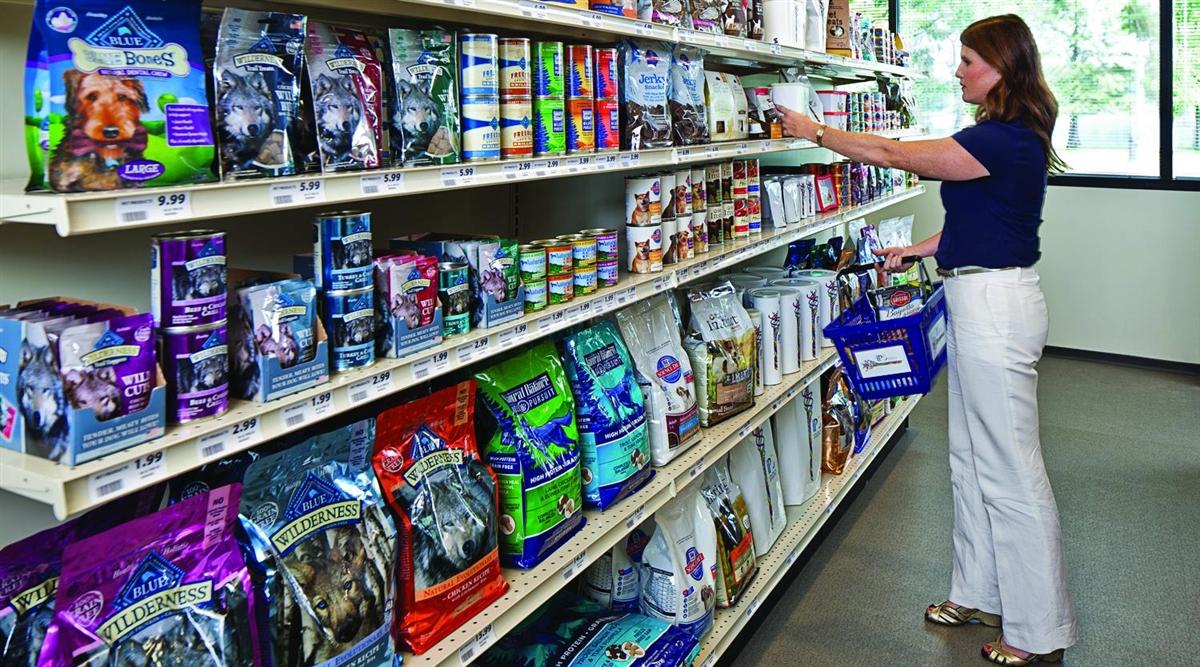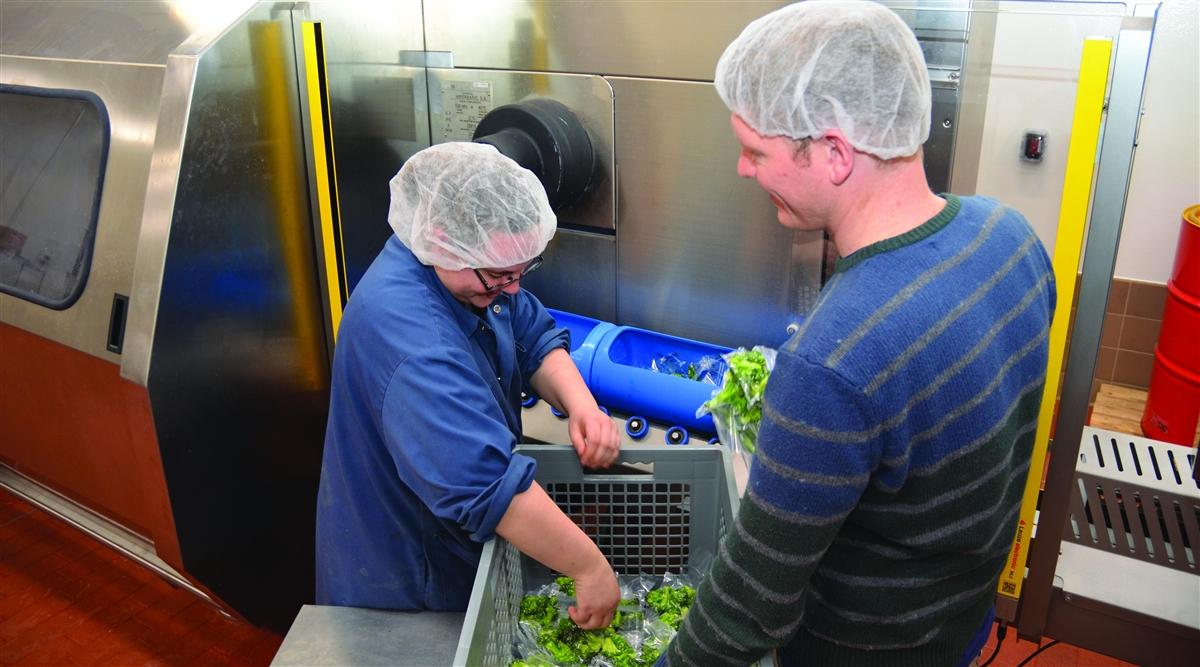How Food Entrepreneurs Drive Package Innovation
PACKAGING
Production and Distribution
After gaining an initial investment, startups shift their focus from proof of concept to confident validation of the concept. In the production phases of development, startup entrepreneurs have two options: co-packers and dedicated production. In this phase, the use of co-manufacturers or co-packers is appealing to new companies because both require no capital and supply considerable processing and packaging expertise that can foster a rapid time to market and a high degree of food safety and help reduce the number of things that startups must manage. “The Contract Packaging Association (CPA) is an industry-supported resource to assist entrepreneurs in packaging their products for the market,” explains Ron Puvak, managing director, CPA. The CPA has found that entrepreneur–copacker relationships are critical to the success of many new products.
Criteria that startups should consider when selecting a copacker include packaging and processing options and expertise, locations, effective management of allergens, quality control, the agility to increase and decrease production quantities as needed, and production lead times. Many co-packers have two production environments: a small-scale agile production environment with dedicated research and development to assist entrepreneurs with processing and packaging various types of products and a separate environment for highefficiency larger-scale production. This allows products to advance from small-scale production to larger-scale producton with the expertise of the same co-packer. The two production environments also allow research and development personnel to assist as needed with reformulations in large-scale production.
Many entrepreneurs source packaging equipment from suppliers that can provide or have established relationships with other equipment suppliers from filling to palletization. These value chain relationships are an added benefit for packaging equipment suppliers and provide needed support for entrepreneurs. Many products need to be processed and packaged close to the growing location for optimal shelf life, product safety and quality, and an available labor force. Used processing and packaging equipment can be retrofitted to meet changing needs, and considerable food safety training is required to ensure the product is safe for the designated shelf life. Packaging has traditionally been dictated by the intended market, and this trend continues with more specificity. For example, packaging designed for vending requires drop height strength from the height of the vending machine, marketability from inside a machine, and reloading ease into the machine whereas packaging designed for front-of-house foodservice may require labor-saving innovation, microwave or oven compatibility, high heat tolerance and/or retention, and easily separable packaging for recycling.
Although the number of startups in the food industry is much smaller than the number of established food companies, the comparatively high growth of startups sparks interest. That interest manifests itself in established food companies purchasing successful startups and accelerators finding capital investment for new packaged food concepts while investment in new products developed inhouse has decreased. For the safe and efficient execution of new packaged foods, newly minted entrepreneurs and concept developers need sciencebased expertise to refine and accelerate ideas into packaged food products.
The Demand for Something New
As investment in the food industry grows, creative entrepreneurs target one of the three primary pillars (product, process, and packaging) of packaged foods. Entrepreneurs with new products are looking to leverage ingredients from novel sources or ingredients with superior attributes. Ingredients being investigated at the startup level are not always generally recognized as safe. Consequently, the food containing such ingredients is, by definition, adulterated. Moreover, in the European Union, novel foods are defined as foods that have not been used to a significant degree prior to 1997, and the European Food Safety Authority scientifically assesses the risk of novel foods. Food science experts are thus needed to help food-product entrepreneurs recognize the potentially lethal ramifications of unapproved ingredients and their sources. For example, ingredient innovators Shiru, Brightseed, and JUST invest in food research to ensure that consumers can safely consume the companies’ novel ingredients.
Coproducts reduce the diversion of food into food loss, and novel ingredients can sometimes include coproducts or upcycled products such as spent grain, cherry pits, and stems. While the concept of upcycled coproducts is not new, innovations in processing, product development, and packaging have enabled more upcycling of coproducts. Further, the economic and environmental drivers to reduce food loss have created an impetus that has fueled new ingredient development. This has resulted in a more sustainable food system in which more of what is produced is employed as a functional food. Startups like Regrained and Planetarians and groups such as the Agricultural Utilization Research Institute are pioneers in this area.
Other food-product entrepreneurs build stories based on their ingredient supply chains. Supply chains for novel ingredients often address consumer demand for ingredients that are rare and exotic, provide specific health benefits, employ low-income populations, are more sustainable, or meet other consumer interests. For example, fair-trade ingredients command consumer investment because they imply fairness or equity for farmers. As the ability to track chains of custody advances, consumers will be better able to assess the origin of ingredients and final products. Fair-trade ingredients and many novel ingredients require innovative processing and packaging that provide higher protection from microbial growth. For example, a startup entrepreneur who built an ingredient brand on providing unprocessed fruit from remote locations insisted that remote ingredient suppliers provide unwashed, never-frozen fruit. However, the supplier needed to consult with packaging and safety experts to ensure that pathogens did not grow on the fruit. Because novel ingredients are often the foundation for unprocessed or minimally processed foods, a variety of new packaging solutions is needed to ensure these products are safe.
Accelerating and Incubating New Ideas
Many entrepreneurs consider their formulation complete once they have a tasty product. However, their work is only about 5% complete as they must still address shelf-life stability, cost optimization, production systems, the availability of ingredients, and other factors. Food formulators, incubators, and accelerators assist with formulation to translate a market opportunity and prototype into a manufacturable product. Two companies that provide such assistance to refine the initial formulas and define processing parameters are Catapult Commercialization Services and Mattson. Incubators and accelerators demonstrate how food company startups are meaningful business opportunities for investors. Incubators such as KitchenTown and The Hatchery assist with the scale-up of refined ideas. And centers at universities such as the University of Nebraska– Lincoln have commercial kitchens and pilot plants for entrepreneurs to develop prototypes.
Accelerators such as Food-X, The Kitchen, Chobani Incubator, FaBCAP, and Gener8tor focus on developing entrepreneurial business skills and acumen. They require entrepreneurs to participate in instructional sessions that augment science and business advice. The culmination of an accelerator’s efforts is typically a demonstration day, which is when startups showcase their product and their readiness to receive funding. Accelerators are funded primarily through investors who will invest in the startups that participated in the accelerator. True accelerators do not have any food production ability or resources. To infuse their entrepreneurial perspective and assist with developing brands internally, many established brands employ corporate venture capital entities and incubators. For example, Kellogg’s gains entrepreneurial insight from moringa smoothie–company Kuli Kuli Foods while Kuli Kuli benefits from the capital and retailer equity from Kellogg’s.
Novel ingredients require innovative processing and packaging, so packaging entrepreneurs require similar incubation and acceleration. For example, package technologies that reduce food waste and extend a product’s shelf life require the ability to assess the efficacy of packaging and consumer opinions. However, prior to efficacy testing, packaging suppliers may want to view prototypes and production of the technology embedded within packaging components. Packaging entrepreneurs need packaging suppliers that are agile and receptive to new ideas, alternative processing, and access to laboratory and pilot-scale prototype production just as they are receptive to refining new consumer- driven design ideas. Access to these pilot-scale production facilities is challenging without compromising intellectual property.
Major packaging suppliers are also using their technical and business acumen to guide the new package development process. For example, since 2015, The Hive Design Services, a consulting arm of Sonoco, has applied a formalized innovation process based on insight, ideation, and invention to develop purpose-driven packaging that meets unique customer needs. “Our objective is to achieve realistic, manufacturable packaging innovation. We use consumer research to create tangible package prototypes that can be filled in our pilot plants for brand owner review, market, and shelf-life testing,” says Jennifer Tillman, insights specialist, The Hive. While many packaging suppliers develop prototypes, innovative package design that communicates the attributes of new products is in demand.






